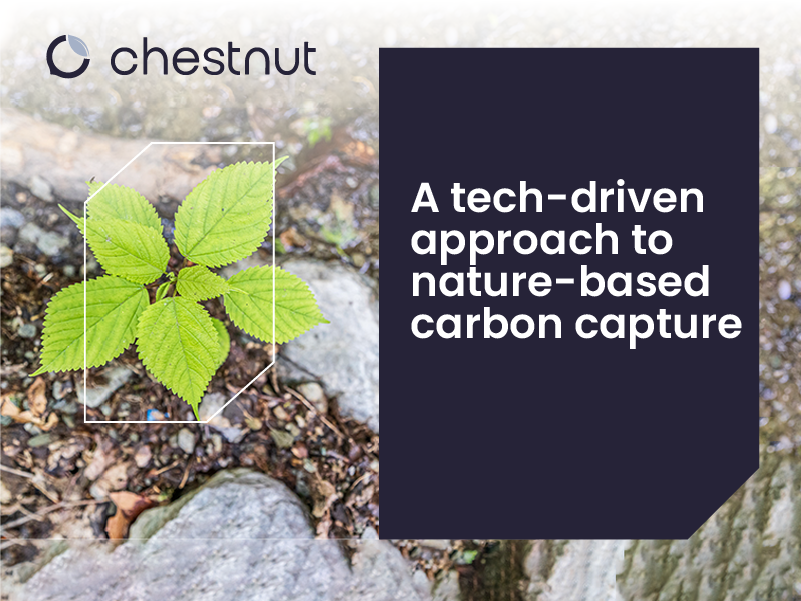St. Lawrence Corp. Energy Efficiency and Emissions Reduction
By undertaking a wide range of energy efficiency improvements, St. Lawrence Corp. has significantly reduced operating costs and reduced greenhouse gas (GHG) emissions. As a result, Canada’s largest manufacturer of terry towels is able to soak up more profits. Thanks to several energy efficiency measures, the company now saves $370,000 in avoided energy costs. And they decreased their GHG emissions by 1227 tonnes over a 9 year period, while at the same time increasing production!
St. Lawrence Corp. – which was previously known as C.S. Brooks Corporation, Caldwell, a division of Dominion Textiles – produces about 70,000 kilograms (kg) of terry towels each week at its 286,000-square-foot facility in Iroquois, in eastern Ontario. The huge plant currently employs about 200 people, and drives annual sales for the company of some $25-30 million a year.
Back in the early 1990s, the plant’s managers recognized that the outdated design and technology of the facility were causing excessive energy consumption, and driving costs too high. But the company itself lacked the in-house expertise needed to fix the problem. As a result, in 1993, St. Lawrence invited the Ontario Ministry of the Environment and Energy (now reorganized as the Ministry of Environment) (MOE))to carry out a detailed energy audit of the Iroquois plant.
The energy audit turned up several areas with significant potential for reducing energy use and lowering costs. As a result, St. Lawrence became an Industrial Energy Innovator in 1995. The firm’s management committed to an energy reduction program of two percent per year, starting in 1996 – with an overall reduction target of 10 percent by the year 2000. To achieve that goal, the company adopted a number of energy efficiency and conservation measures.
The first measure was the energy audit itself, which identified where and how much energy the plant was using, and what potential energy savings could be achieved. Based on the audit results, St. Lawrence then introduced some specific energy reduction and conservation measures. To begin with, the company switched the back-up fuel used for the plant from Bunker C oil to lighter oil. This change eliminated the need to heat the heavier back-up fuel with steam during the winter, in order to maintain it in a liquid state.
In addition, the company improved the plant’s overall power factor to more than 90 percent by installing capacitors. Significant energy efficiency improvements were also achieved in the plant’s dye and bleach processing area with the installation of a new, higher-efficiency heat reclamation unit.
The company also installed equipment that reclaims waste heat from the water used for cooling the plant’s air compressors and now uses it to heat make-up water required for the plant’s production process. A number of other energy efficiency measures were undertaken – including the conducting of monthly checks for leaks on all air outlets and steam traps throughout the plant, and the installation of occupancy sensors in the company’s canteens.
And best of all, the energy efficiency improvements and cost reductions at the plant are permanent – since they’ll recur from year to year to year. The MOE’s energy audit, which was carried out for the ministry by a firm of Ottawa-based engineering consultants, has become the plant’s “bible for energy efficiency”. The information in the audit will help the company continue to improve its energy efficiency in the coming years.









